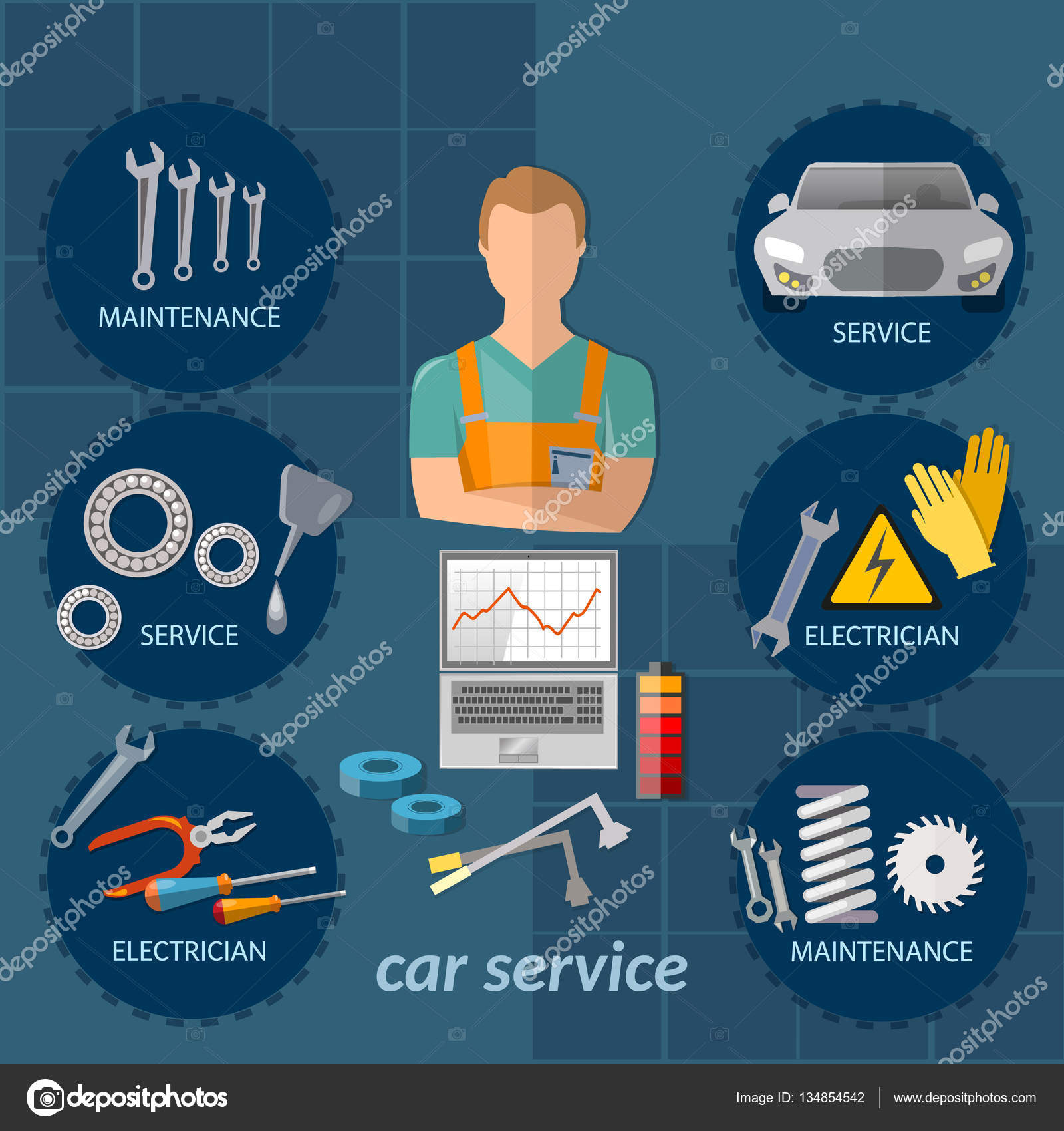Wondering Regarding The Definition Behind Those Control Panel Caution Lights? Gain Insights Into Their Implications For Your Automobile'S Safety And Security And Maintenance
Wondering Regarding The Definition Behind Those Control Panel Caution Lights? Gain Insights Into Their Implications For Your Automobile'S Safety And Security And Maintenance
Blog Article
https://damienheysn.izrablog.com/30828547/a-crucial-recommendation-for-the-important-devices-found-in-every-car-repair-service-center-discovering-the-strategies-for-reliable-lorry-upkeep Written By-Hartley Kejser
When you're behind the wheel, those glowing warning lights on your control panel can be a little bit bewildering. Do you know what they're trying to inform you about your automobile's health? Comprehending the significance of these lights is vital for your safety and the durability of your automobile. So, the following time among those lights pops up, would not you wish to decode its message accurately and take the necessary steps to resolve it?
Common Caution Lighting and Interpretations
Identify usual warning lights in your automobile and understand their meanings to guarantee secure driving.
One of the most regular caution lights include the check engine light, which signals concerns with the engine or exhausts system. If this light begins, it's essential to have your vehicle examined without delay.
The oil pressure warning light indicates low oil stress, needing immediate interest to prevent engine damage.
A flashing battery light may suggest a malfunctioning billing system, possibly leaving you stranded otherwise attended to.
The tire stress surveillance system (TPMS) light notifies you to low tire stress, affecting automobile stability and fuel performance. Ignoring this can result in harmful driving conditions.
The abdominal light indicates an issue with the anti-lock stopping system, compromising your ability to stop promptly in emergencies.
Last but not least, the coolant temperature level advising light warns of engine getting too hot, which can result in serious damages otherwise resolved swiftly.
Recognizing these typical warning lights will assist you attend to issues quickly and preserve risk-free driving problems.
Relevance of Prompt Attention
Comprehending the typical warning lights in your auto is only the initial step; the value of without delay dealing with these cautions can't be stressed enough to ensure your safety and security when traveling.
When Suggested Internet site brightens on your control panel, it's your cars and truck's means of interacting a potential issue that requires attention. Ignoring these warnings can result in extra serious issues down the road, jeopardizing your security and potentially costing you more in repairs.
Trigger focus to warning lights can protect against malfunctions and crashes. For instance, a flashing check engine light can suggest a misfire that, if left ignored, might create damages to the catalytic converter. Resolving this promptly can save you from a costly repair service.
Similarly, a brake system warning light could indicate reduced brake liquid or worn brake pads, critical parts for your safety when driving.
Do It Yourself Troubleshooting Tips
If you observe a warning light on your dashboard, there are a few DIY fixing suggestions you can try prior to looking for expert help.
The primary step is to consult your car's guidebook to recognize what the specific warning light indicates. Often Read the Full Content can be as straightforward as a loose gas cap triggering the check engine light. Tightening up https://seekingalpha.com/article/4515242-advance-auto-parts-stock-old-vehicles-require-continued-maintenance may solve the issue.
Another typical problem is a reduced battery, which can cause various warning lights. Inspecting the battery connections for deterioration and guaranteeing they're safe may fix the issue.
If a warning light persists, you can attempt resetting it by detaching the cars and truck's battery for a few minutes and afterwards reconnecting it. Additionally, examining your lorry's fluid degrees, such as oil, coolant, and brake fluid, can help fix alerting lights related to these systems.
Conclusion
Finally, understanding your auto's caution lights is essential for keeping your automobile running efficiently and securely. By promptly resolving these signals and knowing what they indicate, you can prevent expensive fixings and possible malfunctions.
Keep in mind to consult your vehicle's manual for particular details on each alerting light and do something about it as necessary to make sure a trouble-free driving experience.
Keep informed, remain risk-free when traveling!
